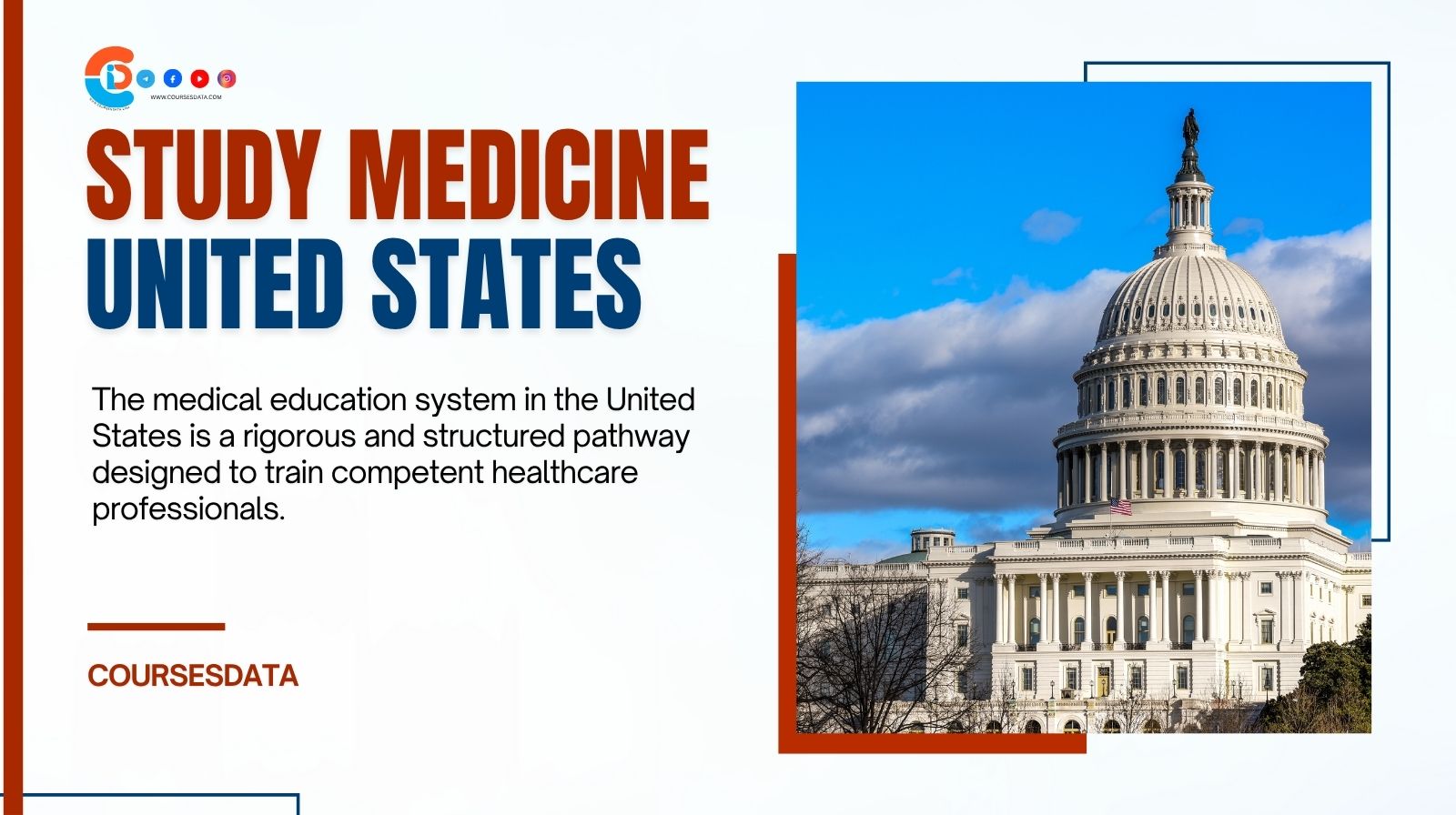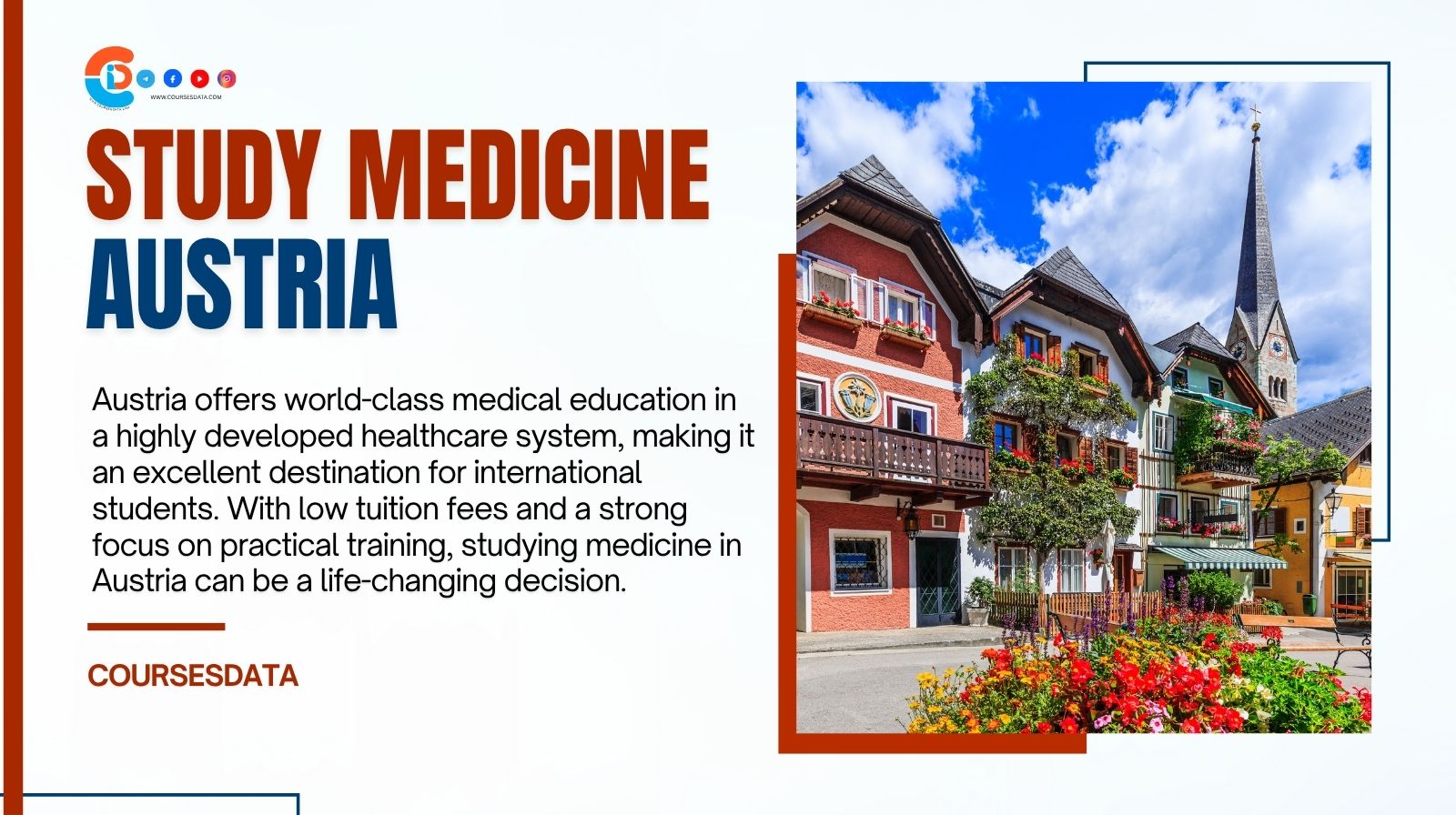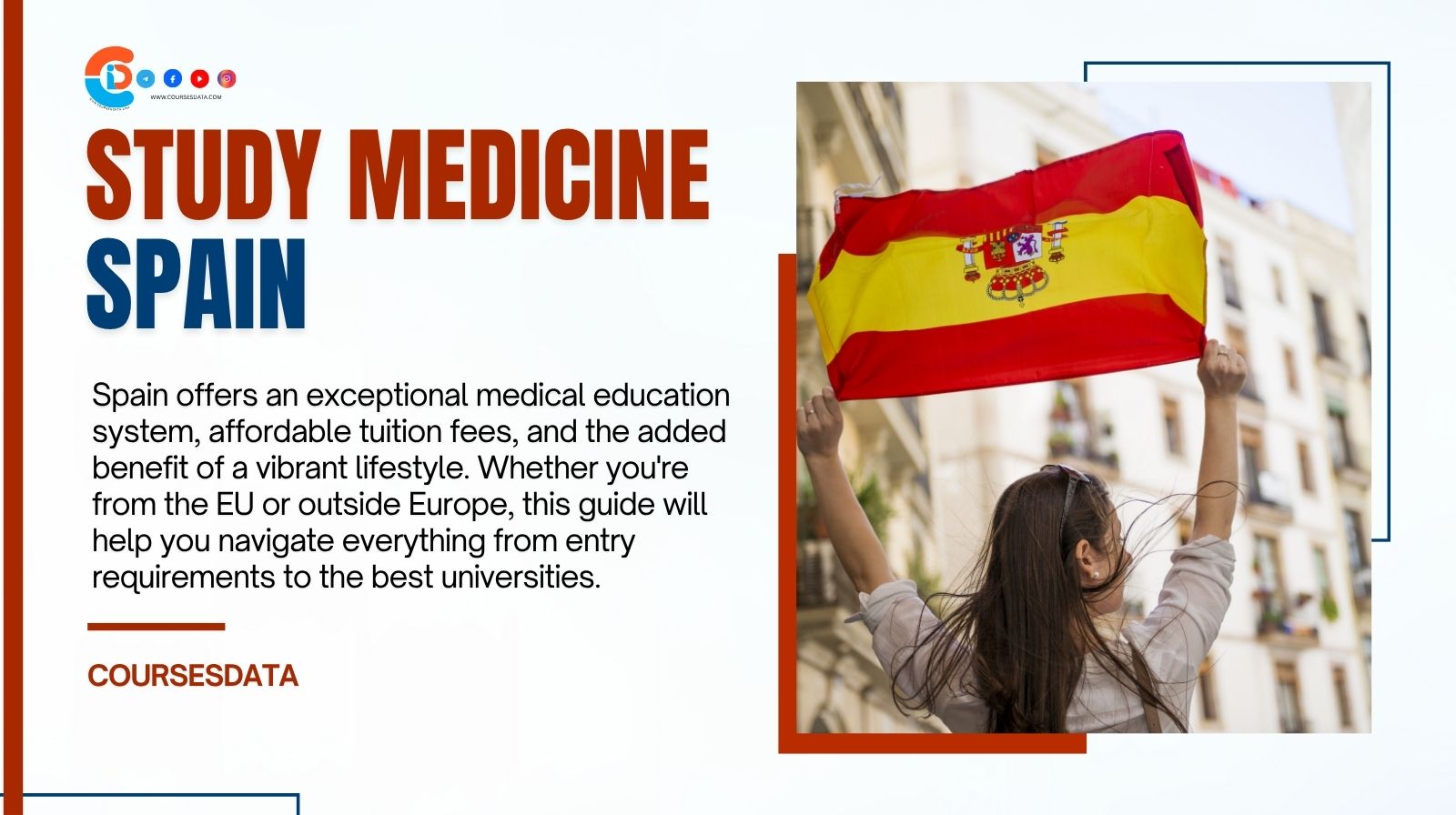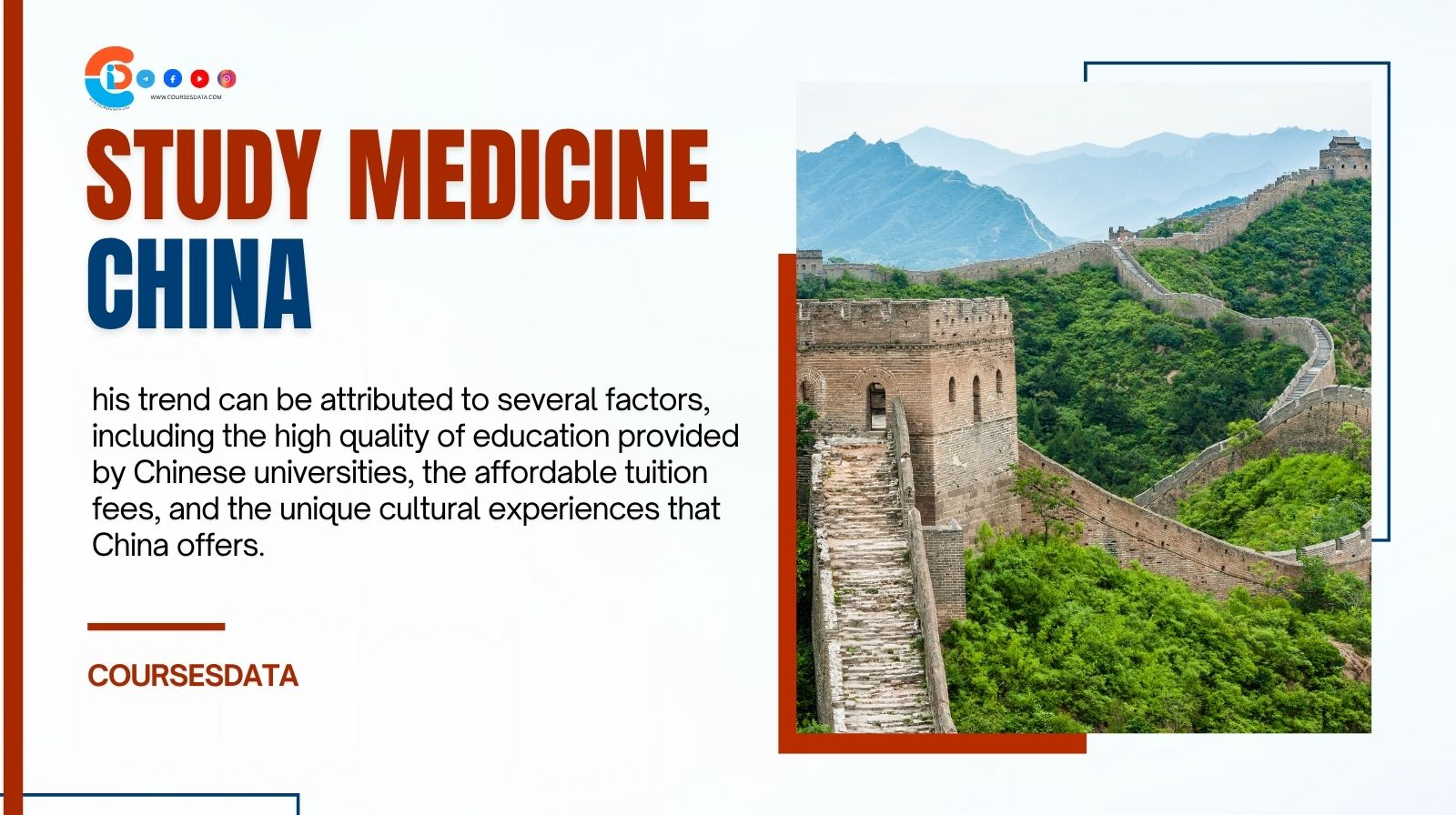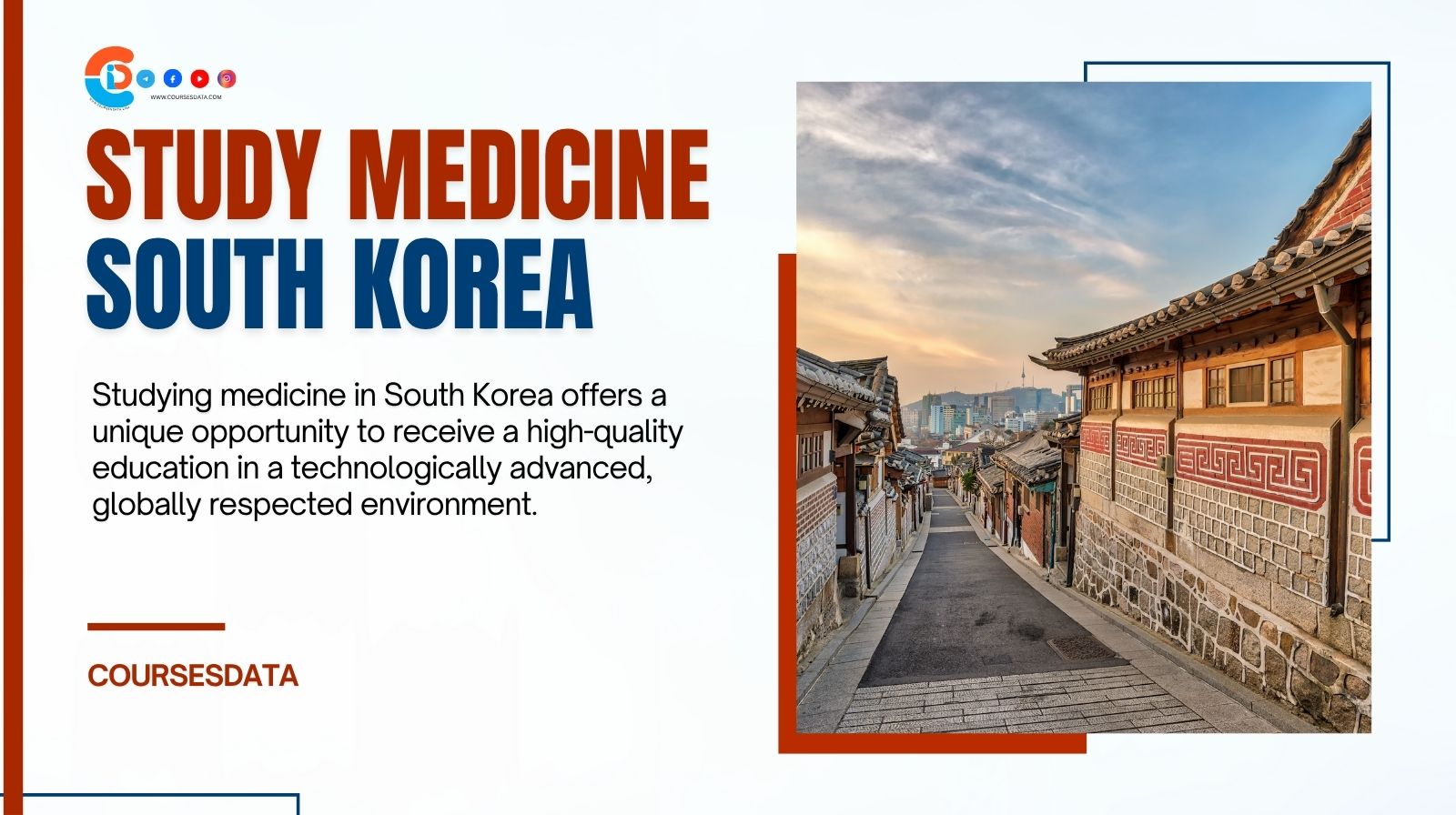Study Medicine in United States
Home | Study Medicine
Are you considering a future in healthcare and wondering how to study medicine in the United States?
Study Medicine in United States offers world-class education, cutting-edge research opportunities, and unmatched clinical experience. However, the path is rigorous, competitive, and requires strategic planning.
Why Study Medicine in United States? The U.S. medical education system is renowned for its innovation, diversity, and academic excellence.
Top-ranked medical schools with global recognition
Advanced simulation labs and clinical technology
Strong emphasis on research and innovation
High earning potential for physicians
Culturally diverse patient exposure
Flexible and specialized curriculum structures
Strong alumni and professional networks
Ample opportunities for fellowships and residencies
Prestigious teaching hospitals for clinical rotations
Global career mobility with a U.S. medical degree
Entry Requirements for U.S. Medical Schools Getting into a U.S. medical school demands academic excellence, experience, and preparation.
A bachelor’s degree (typically in science)
High GPA, especially in pre-med courses
MCAT (Medical College Admission Test) score
Letters of recommendation from professors or professionals
Clinical experience or volunteer work in healthcare
Research experience (often preferred)
Strong personal statement and application essays
U.S. or Canadian citizenship (for most public schools)
English language proficiency (for international students)
Interview performance (typically MMI or panel)
Top Medical Schools in the United States Choosing the right institution is crucial for academic and career success.
Harvard Medical School (Massachusetts)
Johns Hopkins School of Medicine (Maryland)
Stanford University School of Medicine (California)
University of California, San Francisco (UCSF)
Mayo Clinic Alix School of Medicine (Minnesota)
Columbia University Vagelos College of Physicians (New York)
Washington University School of Medicine (Missouri)
Yale School of Medicine (Connecticut)
Duke University School of Medicine (North Carolina)
University of Pennsylvania Perelman School of Medicine
Application Process and Timeline Applying to U.S. medical schools follows a centralized and time-sensitive process.
Complete required pre-med courses (usually 4 years)
Take the MCAT (typically junior year of undergrad)
Apply via AMCAS (American Medical College Application Service)
Submit secondary applications to individual schools
Attend interviews between September and March
Receive offers typically by spring
Begin medical school in August or September
Plan for a 4-year medical program
Consider gap years for strengthening your profile
Monitor deadlines and program-specific requirements
Structure of Medical Education in the U.S. Medical education in the U.S. typically spans over a decade of study and training.
Related Posts
4-year undergraduate degree (pre-med or related field)
4-year Doctor of Medicine (MD) program
USMLE Step 1 and Step 2 exams during med school
3–7 years of residency training (depending on specialty)
Optional fellowship for sub-specialization
Continuing medical education throughout career
Early exposure to clinical settings from Year 2
Strong integration of science and clinical practice
Mentorship and academic advising throughout
Focus on evidence-based medicine
Costs and Financial Aid Studying medicine in the U.S. can be expensive, but support is available.
Expense Category Average Annual Cost Tuition and Fees $40,000 – $65,000 Living Expenses $15,000 – $25,000 Books and Supplies $1,200 – $3,000 Health Insurance $2,000 – $4,000 Application and Exam Fees $1,000 – $3,000
Need-based and merit-based scholarships
Federal and private student loans
Work-study programs
Financial aid offices at medical schools
Loan forgiveness programs for public service
Budgeting and expense tracking
Institutional grants and fellowships
Emergency student aid funds
Consider in-state tuition at public schools
Explore scholarship options for international students
International Students and U.S. Medical Schools Admission for international students is limited but possible with strong credentials.
Only a small number of schools accept international applicants
Some require a U.S. undergraduate degree
Additional TOEFL or IELTS language exams may be required
Proof of financial resources for all 4 years
Strong academic and extracurricular record
May be ineligible for federal financial aid
Higher MCAT scores often expected
Demonstrated commitment to U.S. healthcare
Research experience in U.S. institutions is a plus
Legal documentation and visa support needed
Residency and Licensing in the U.S. After medical school, graduates must complete a residency and obtain a license.
Apply for residency via ERAS (Electronic Residency Application Service)
Match Day determines your placement
Residency lasts 3–7 years based on specialty
Pass USMLE Step 3 for full licensing
State-specific licensing requirements apply
Many states require background checks and documentation
Fellowship opportunities for advanced training
Competitive specialties include dermatology, surgery, radiology
Visa sponsorship for international graduates is limited
Continued professional development is required
Career Outlook for U.S.-Trained Doctors U.S.-trained physicians enjoy high employment rates and earning potential.
Average physician salary exceeds $210,000 annually
High demand across all specialties
Shortage of primary care physicians in many areas
Strong job security and benefits
Work in hospitals, private practice, academia, research
Opportunities in healthcare administration and policy
Telemedicine and digital health expanding roles
Mobility to practice in various U.S. states
Global recognition of U.S. medical degrees
Access to leadership and teaching positions
Frequently Asked Questions
Can I study medicine in the U.S. directly after high school?
No. You must first complete a 4-year undergraduate degree before applying to medical school.
Do I need to take the MCAT for all U.S. medical schools?
Yes, almost all accredited medical schools in the U.S. require the MCAT.
Are there any programs for international students?
Yes, but only a few medical schools accept international applicants and criteria are more competitive.
How long does it take to become a doctor in the U.S.?
It typically takes 11–15 years including undergraduate, medical school, and residency.
Is financial aid available for medical students?
Yes. Aid is available in the form of loans, scholarships, and grants, but varies by student status and school.
What is the acceptance rate for U.S. medical schools?
On average, around 40% of applicants are accepted, with top schools being much more selective.
Can I work while attending medical school?
Part-time work is possible but not recommended due to the demanding schedule of medical training.
What specialties are most in demand?
Primary care, family medicine, psychiatry, and geriatrics are currently in high demand.
Can international students get a residency in the U.S.?
Yes, but it is highly competitive and depends on exam scores, clinical experience, and visa sponsorship.
Do U.S. medical degrees work abroad?
Yes, U.S. medical degrees are recognized globally, but licensing requirements vary by country.
Conclusion Studying medicine in the United States opens doors to prestigious training, advanced research, and global career opportunities.
The journey is long and competitive, but for dedicated students, the rewards are exceptional.
